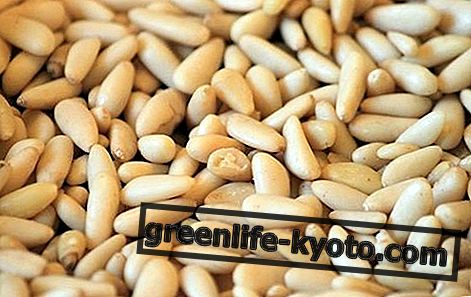
Gastritis and change of season
The symptoms of gastritis affect the stomach and, in the case of reflux, the esophagus .
They mainly concern digestive difficulties, heaviness and swelling in the epigastric region, heartburn, nausea, headache, ulcers and ulcers in the oral mucosa, bad breath, gastroesophageal reflux and sometimes even vomiting .
Gastritis has direct repercussions on the entire digestive system, with consequent alteration of intestinal peristalsis, dysentery or constipation, weight changes, problems with skin and hair, lack of or insufficient absorption of nutrients.
Gastritis, due to environmental factors, worsens especially during the change of season : the body adapts to the change in light and temperature by changing the production of acid at the gastric level.
The change in diet and lifestyle habits that naturally follow seasonal changes can aggravate existing gastritis or cause the first symptoms to arise in those with a predisposed stomach .
The causes therefore concern eating habits that overload the stomach, with fat and processed foods, too hot or too cold, spicy and acidic, as well as stress and personal reaction to the tensions and commitments of daily life .
Other causes include the use of certain drugs, the use of smoke and the consumption of alcohol .
Lifestyle has an incisive role in the onset of gastritis symptoms.













